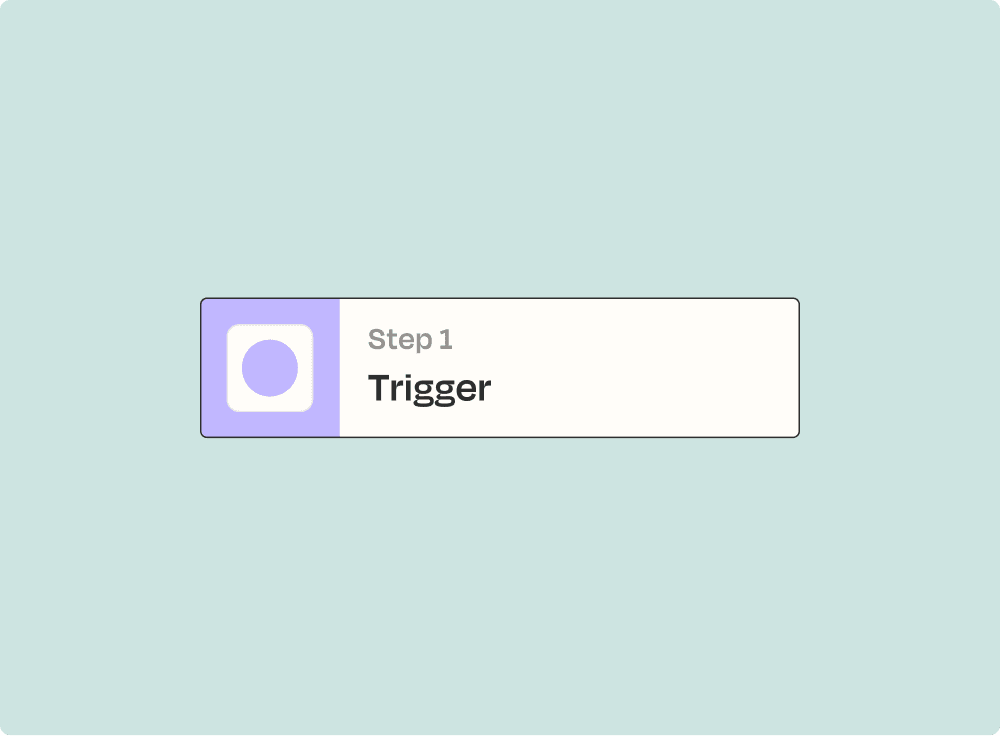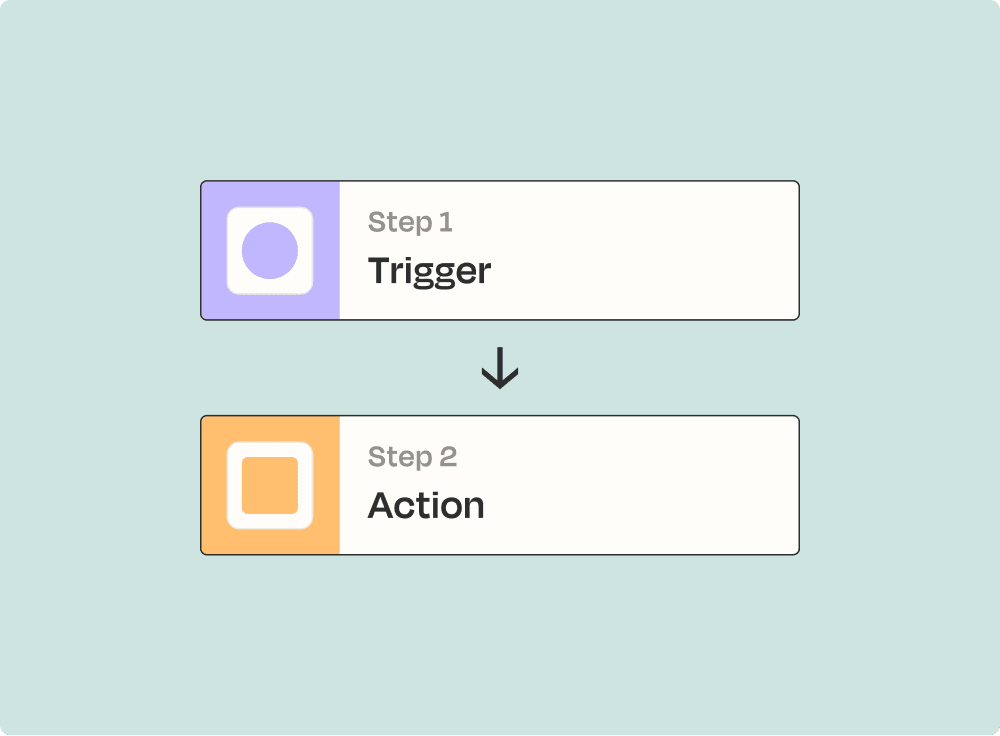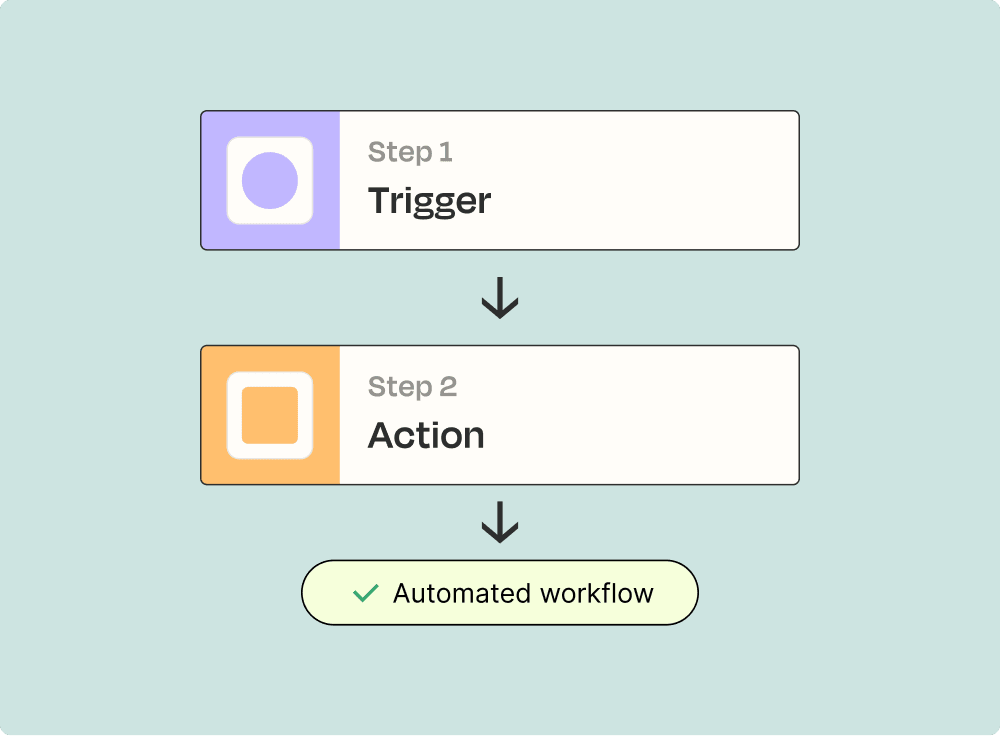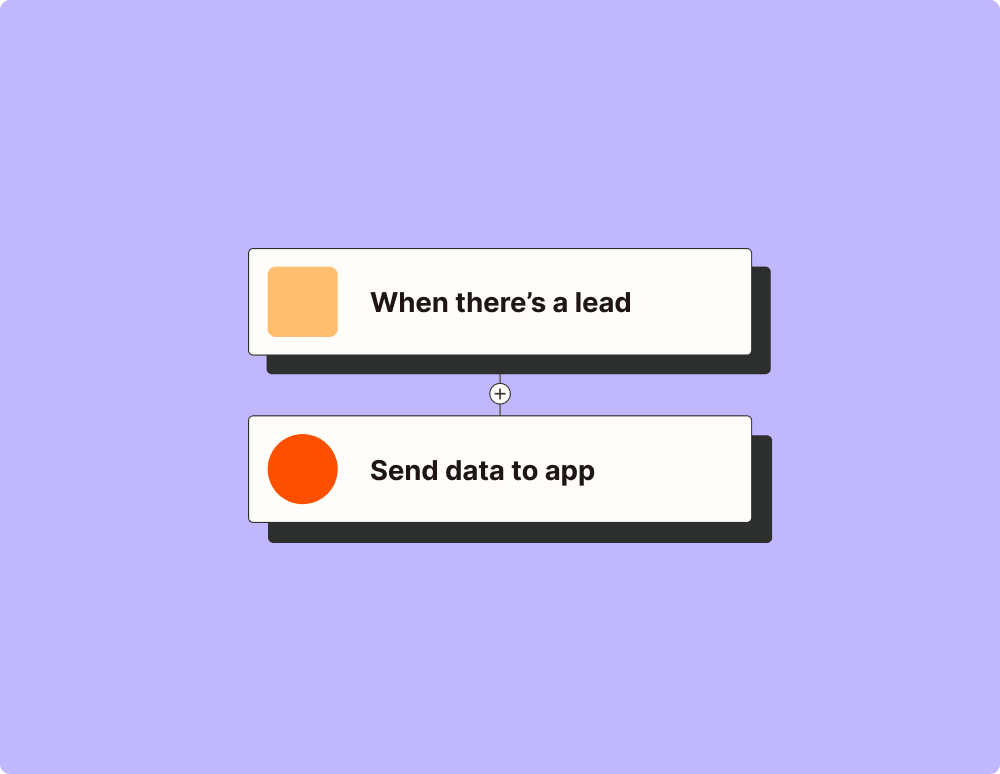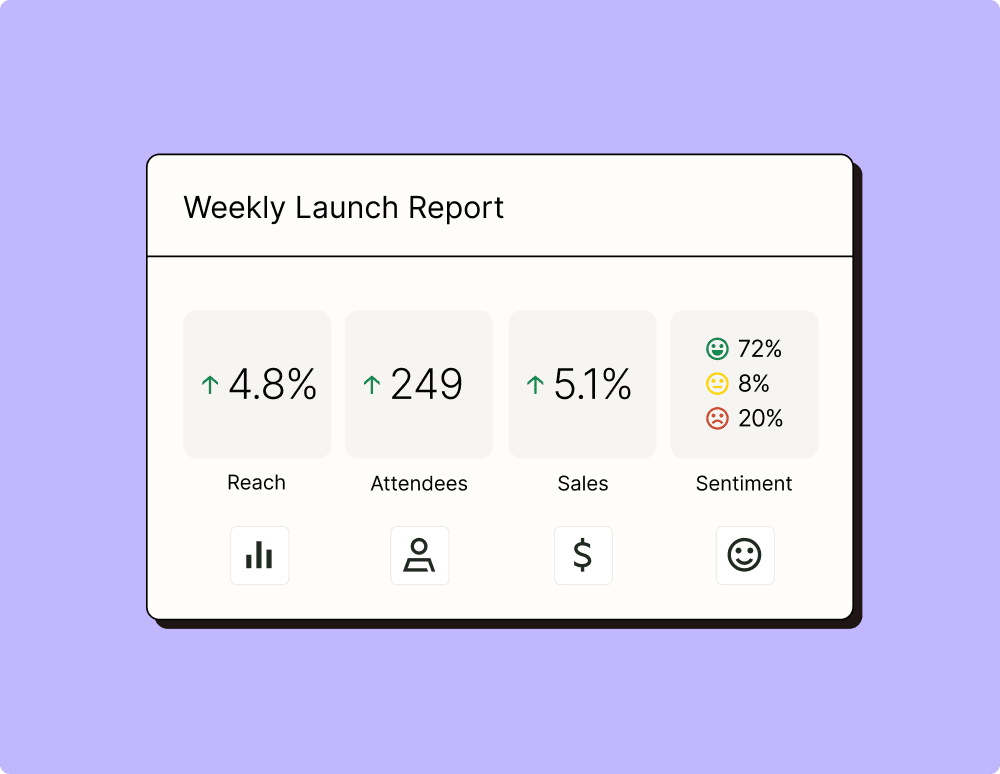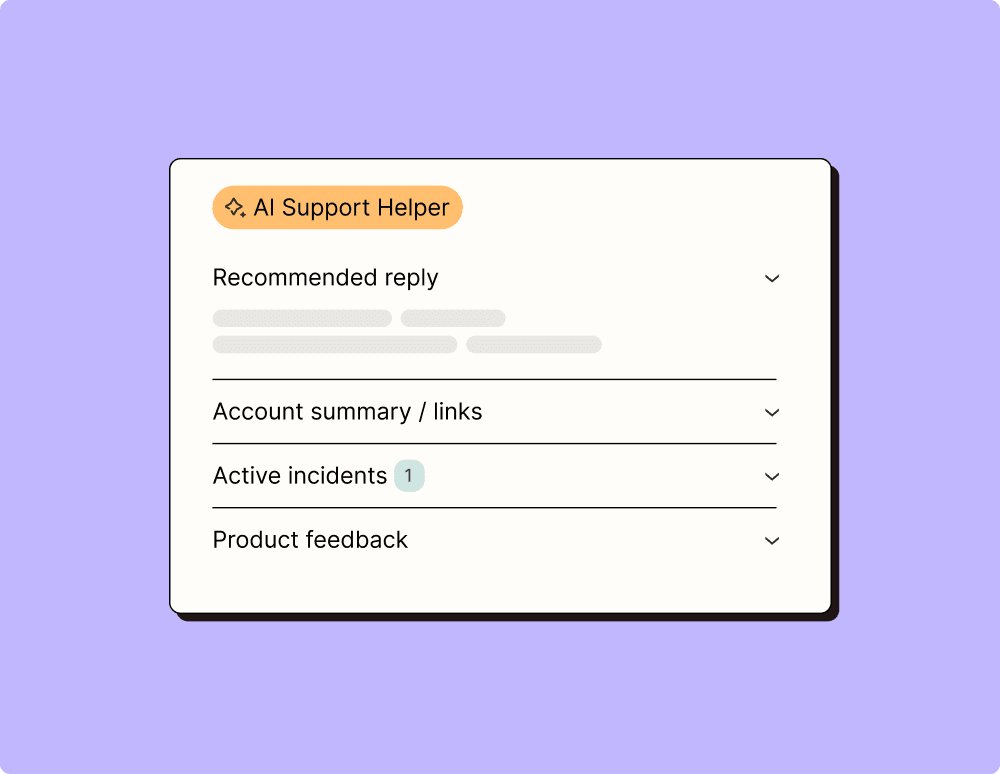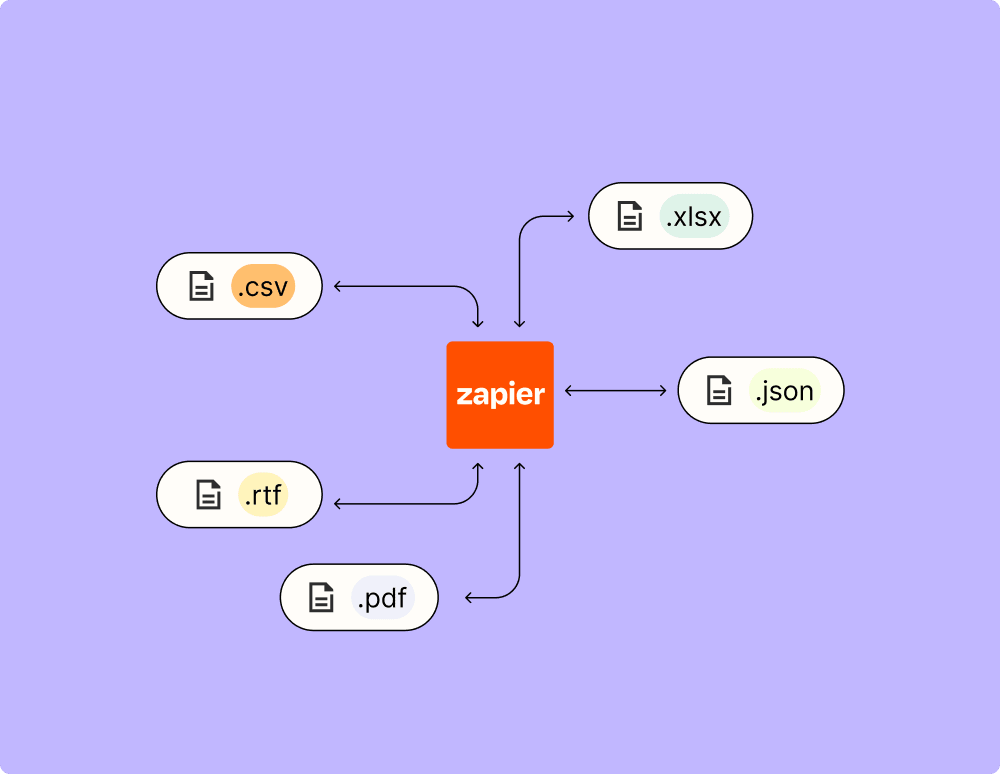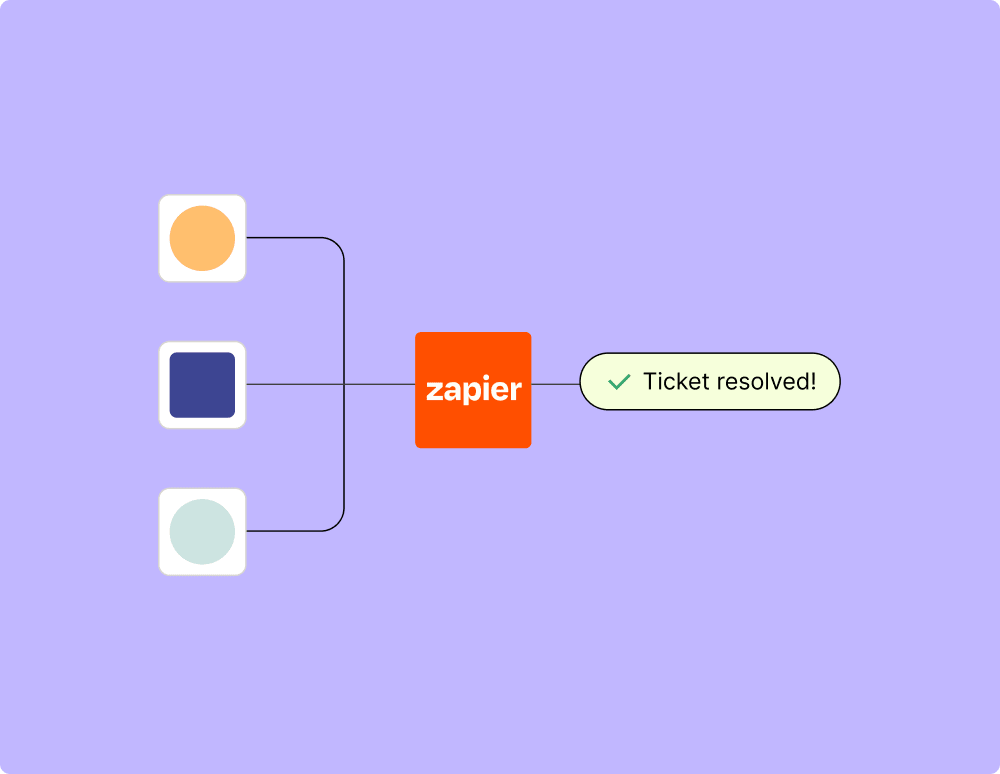Connect Airtable and GitHub to unlock the power of automation
- No credit card required
- Free forever for core features
- 14-day trial for premium features and apps
Set up your first integration
Quickly connect Airtable to GitHub with a Zapier template.
Our most popular template

How Zapier works
Zapier makes it easy to integrate Airtable with GitHub - no code necessary. See how you can get setup in minutes.
Zapier is the automation platform of choice for 87% of Forbes Cloud 100 companies in 2023
93%
Customers who say using Zapier has made them better at their job
25m
Customers have created over 25 million Zaps on the platform
6 mins
The average user takes less than 6 minutes to set up a Zap
Frequently Asked Questions about Airtable + GitHub integrations
New to automation with Zapier? You're not alone. Here are some answers to common questions about how Zapier works with Airtable and GitHub
How do I start integrating Airtable with GitHub?
To start integrating Airtable with GitHub, you'll need to use a tool that connects these platforms, such as Zapier. You'll need accounts for each service and then you can create automated workflows, called Zaps, where Airtable triggers an action in GitHub, or vice versa.
What triggers can I set up in Airtable for the GitHub integration?
In the integration between Airtable and GitHub, you can set up triggers such as 'New Record', 'New Record in View', or 'Updated Record' in Airtable. These triggers will initiate actions on your GitHub account based on how you configure your automation.
Can we automate issue creation on GitHub from changes in Airtable?
Yes, an automation can be set so that when a record is created or updated in your Airtable base, an issue is automatically created on a specified repository in your GitHub account. You will define mappings between fields in Airtable and the issue fields in GitHub.
Are there specific actions available on GitHub from an Airtable trigger?
Actions available on GitHub when initiated by an Airtable trigger include creating issues, updating issues, and creating comments. The specific action depends on how you configure your workflow setup to respond to changes detected in your Airtable data.
How do I secure my data when integrating these platforms?
Securing data during integration involves ensuring only necessary permissions are granted to the automation tool you're using. We recommend reviewing the permissions requested by each app before approval and regularly monitoring your integrations for any abnormal activity.
Can updates made in GitHub reflect back into my Airtable base?
Yes, reverse integrations can be set up where actions like issue updates or pull request merges on GitHub initiate updates back into your linked records within an Airtable base. You'll need to define how these updates are mapped back into targeted fields within Airtable.
Do I need coding skills to integrate my Airtable with GitHub?
No coding skills are required to integrate your accounts using most third-party automation tools like Zapier. These tools provide interfaces where connections between triggers and actions are configured through simple user-friendly steps without any programming needed.
Supported triggers and actions
Zapier helps you create workflows that connect your apps to automate repetitive tasks. A trigger is an event that starts a workflow, and an action is an event a Zap performs.
- BaseRequired
- TableRequired
- Limit to View
- Include attachment content
Try It- BaseRequired
- TableRequired
- BaseRequired
- TableRequired
- Help Text
- Primary lookup fieldRequired
- Secondary lookup field
- BaseRequired
- TableRequired
- RecordRequired
- Help Text
- BaseRequired
- TableRequired
- Last modified time columnRequired
- Limit to View
- Include attachment content
Try It- CacheCopy
- BaseRequired
- TableRequired
- BaseRequired
- TableRequired
- RecordRequired
- Api_docs_info
- Apply standard error handling?Required
- HTTP MethodRequired
- URLRequired
- Query String Parameters
- Additional Request Headers
- Body
